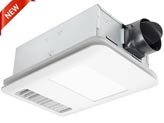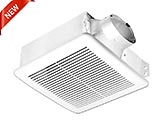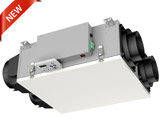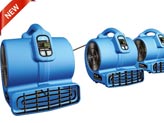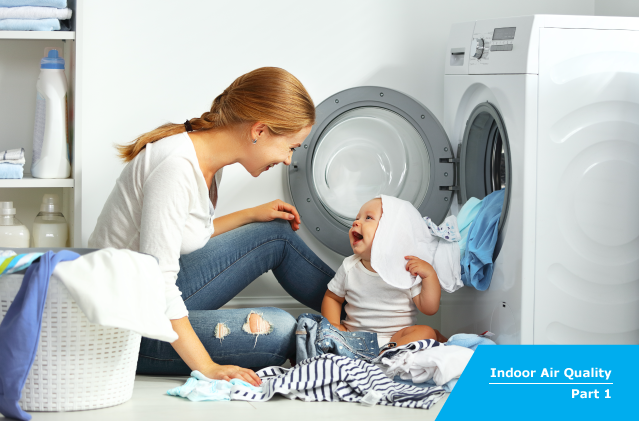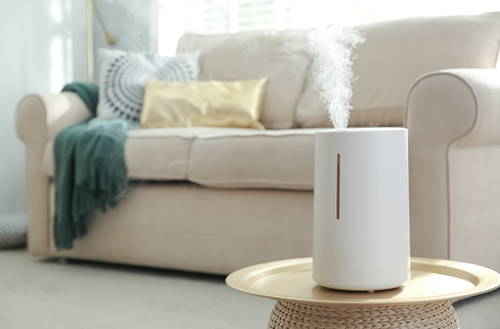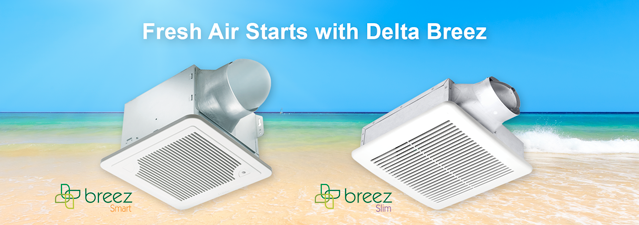How Indoor Air Quality Impacts Your Home (By Jeff Klonowski, Product Development Manager)
Home / Learning Center / News / September 2021
While there are standards for outdoor air pollution, drinking water and food contamination, there are no standards for residential air quality. Given that we spend upwards of 80% of our time indoors, does this make sense? We drink on average a half gallon of water each day, but we breathe in about 2,900 gallons of air a day. Our municipalities report the contaminant level in our water, but most families do not know what is in the air they breathe at home.
Many things from air fresheners to radon can have a significant negative impact on the air we breathe at home. The impact on an occupant’s health range from decreased cognition to sickness and death. On the low end of the scale, something as benign as high carbon dioxide concentrations can cause low energy level, slow brain function and impact student grades. At the other extreme, radon is the leading cause of lung cancer deaths for non-smokers in America.
Radon is one of the biggest threats. There is good news, however. Radon testing can be cheap and easy. Some communities offer free mail-in radon test kits. Testing is the first step in eliminating this odorless killer.
Other Products we put in our homes can have a negative impact on the air we breathe, too. Cleaning products stored under sinks, painting products, pesticides and fuels stored in basements and garages leak VOCs (Volatile Organic Compounds) into homes. Candles and incense add soot and other pollutants. Some air fresheners add harmful chemicals to the air. Even high moisture levels can contribute to poor IAQ.
Candles and Air Fresheners may adversely impact indoor air quality. Paraffin candles add soot, lead and other harmful chemicals that get deep into the lungs. Using air fresheners increases VOC levels. Chemicals such as formaldehyde, acetaldehyde, benzene, toluene, ethyl benzene, and xylenes have been found in these products.
Humidity levels over 50% Rh can stimulate mold growth and allow dust mites to thrive. According to the American Lung Association, mold spores and dust mite by products are asthma triggers. High humidity is easy to detect with an inexpensive hygrometer available at most hardware stores and home centers. Controlling major moisture sources at home can be as simple as exhausting moisture from showering and cooking. To do this, all kitchen and bathroom fans must be vented to the exterior of the home.

Pets: They are family, but they too can have a negative impact on IAQ. Pets breathe, eat, “off gas,” and shed skin cells. Since they bathe less often, they shed hair and dander at a higher rate. We can adjust the ventilation rate and filtration level to reduce their impact. The American Society of Heating Refrigeration and Air-Conditioning Engineers (ASHRAE) recommends a continuous ventilation rate of 30CFM for a three-bedroom home, plus 1 CFM for each 100 square feet of living space. Ventilation rates should be adjusted for pet species and size.
